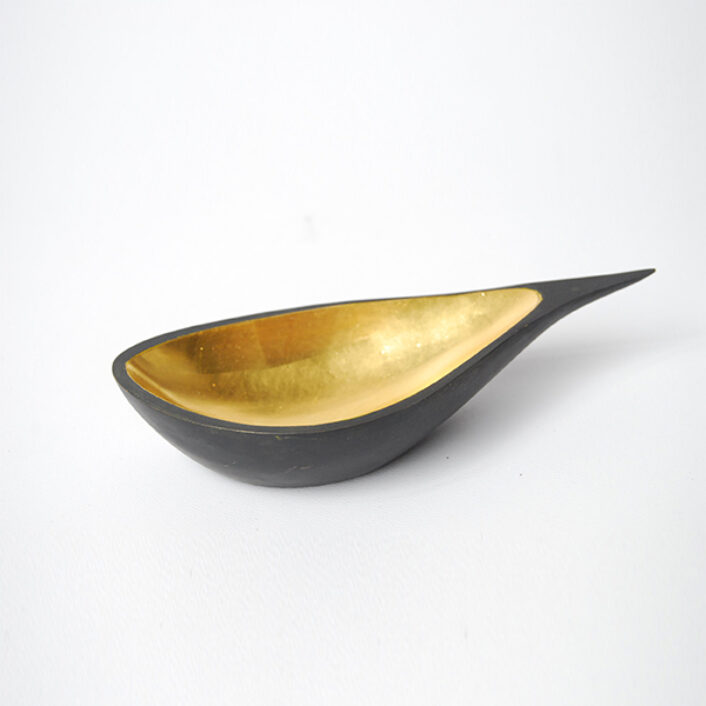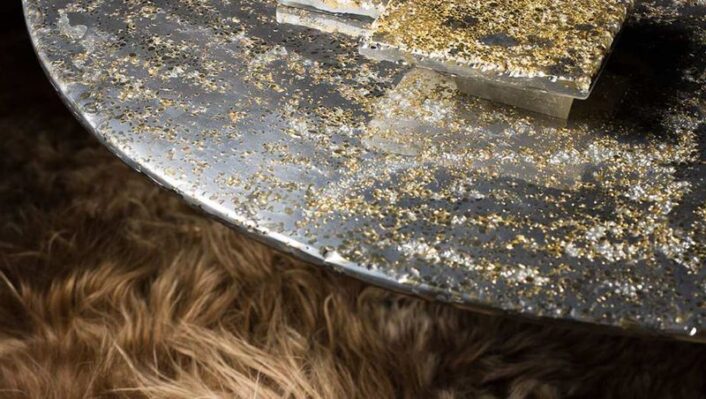Design
Brass legacy lives on with Aubock family

Cutaway Triangle Bookends.
Image courtesy of: The 189, photographed by: Paul Bauer
For over 100 years, Werkstatte Carl Auböck has lived inside the Biedermeier townhouse in Vienna. To this day, the workshop produces “Wiener Bronzen,” however as generations have gone by, new ideas have taken hold and brass is not the only material being produced. Passing from father-to-son, the workshop is currently led by the family’s 4th generation. Maintaining the same values, both new and original designs continue to be crafted.
Among the pieces crafted are a few iconic objects that Auböck IV’s grandfather designed in the 1920’s-1950’s. Carl Auböck II was a painter; interestingly, he was among the first Bauhaus students. Returning to Vienna to care for his father, Carl II took over the business in the early 1920’s. He infused the atelier with some of the innovations he personally took part in at Bauhaus… this made a dramatic difference. Carl II was instrumental in introducing materials such as brass, cane, leather, and wood to Auböck’s offerings. In such, the atelier was able to add contemporary household accessories to the mix.
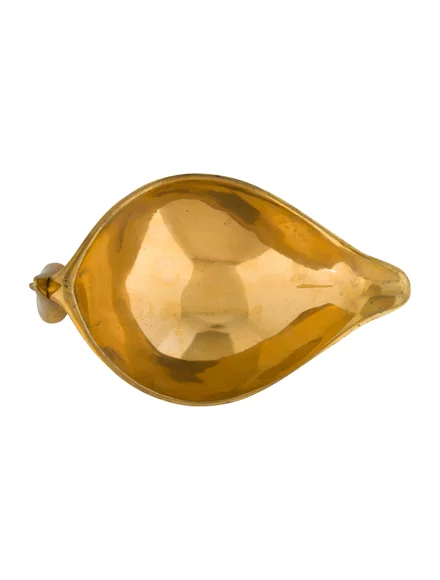
Brass leaf-form bowl. The Carl Auböck bowl has the brand’s stamp at underside.
Image courtesy of: The Real Real
Carl II unintentionally created a cult status among his collectors thanks to some of his staple objects. His objects make up 90% of Werkstatte Carl Auböck’s production. Courtesy of 1st Dibs, New York City galleries Patrick Parrish explains the artisan’s massive appeal, “Carl Auböck II is considered a national treasure in Austria and his design influence all over the globe has been significant.”
When it opened in 1912, the workshop (the studio is still located at this original address) was one of many bronze studios that were a part of Vienna’s “Bronze Movement.” Specifically, it was Kart Heinrich Auböck (Carl II) who established the company’s philosophy and the tradition of exceptional quality and craftsmanship which has been passed down from father to son for many years.
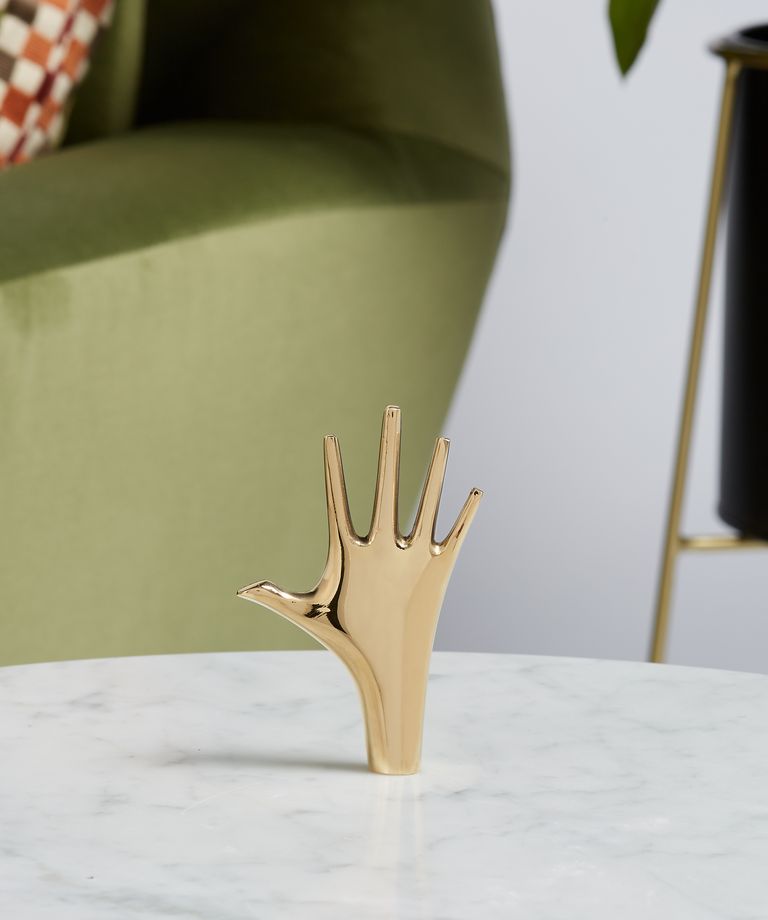
Carl III expanded the company’s global standings by collaborating with high-end brands that included Hermes, Christofle, and Tiffany & Co.
Image courtesy of: Elle Decor UK
During Carl II’s time at the helm, the workshop employed 8-1o artisans. Among the specialties represented were letter workers, cane specialists, and wood turners. An ultimate craftsman himself, and always worried about counterfeiting, Carl II’s process involved nearly thirty steps. However his son, Carl III, employed a more streamlined production approach. About his grandfather, Carl IV said, “My grandfather was a craftsman and artist. He relied on his hands a lot. He made prototypes by hand in the workshop.”
Carl III completed his postgraduate studies in architecture at MIT in the 1950’s; it was there that he met the furniture design duo of Charles and Ray Eames and Benjamin Thompson, an architect who founded Design Research. While away from Austria, Carl III was exposed to a number of different artists; among the most influential were George Nakashima and Isamu Noguchi. A trip to Japan proved inspirational in that he realized the need to explore other design worlds. Father and son worked together for many years, the different approaches often complimenting each other. The pair collaborated on over 4,500 iconic pieces.
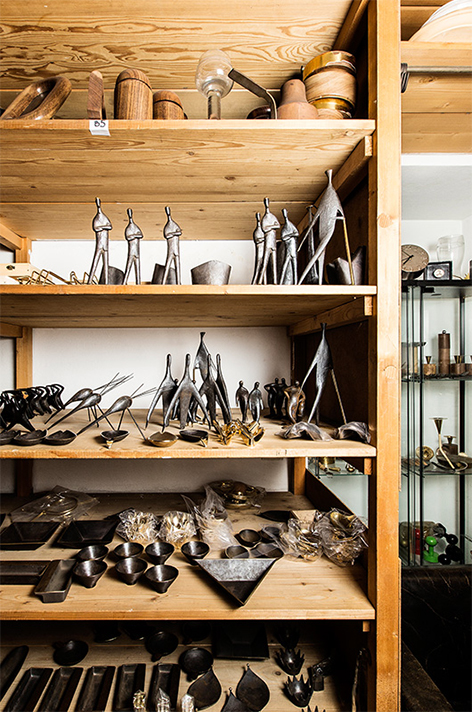
A view inside the Auböck Studio
Image courtesy of: OEN
Extending the tradition, Carl IV worked with his father for 18 years; today, he collaborates with his sister, Maria Auböck, a landscape architect. He continues to create the bespoke objects that are essentially the atelier’s history. Among those modern household objects that still have a cult following, paperweights, bookmarks, and candleholders (all crafted in sleek bronze and polished brass) are the most familiar.
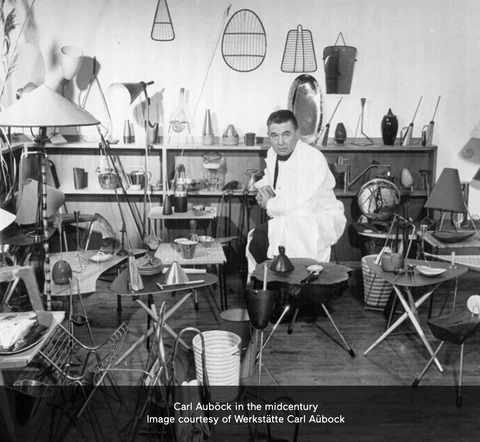
Carl Auböck in his studio around the middle of the century.
Image courtesy of: Mark + Fold
Today, Carl IV designs his own creations, in addition to producing some of his grandfather’s most iconic objects. He uses the exact same methods that his grandfather used and his priorities remain the same. He says, “Keeping up with quality, which is a task enough to fill our day, is the most important thing. Everything else vanishes.”
With so many fans, it was just a matter of time before a fifth generation came into the fold. These days, Carl V, also an architect, works alongside his father to cast those same iconic molds that their predecessors cast. With a storied history that spans over one hundred years, we sincerely hope that this atelier will continue to be a family business!
